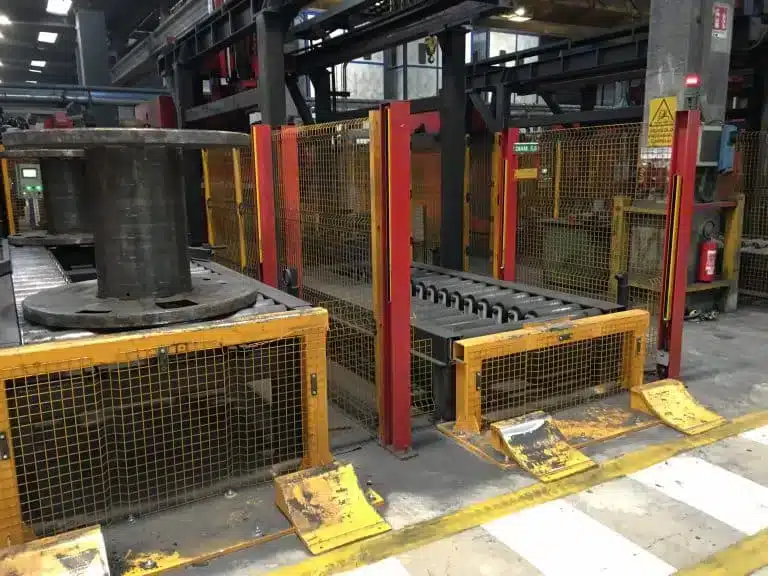Last edit: 16/01/2026

If you deal with Machinery Safety you may wonder what Whole Body Access means. It is a relatively new terminology and refers to the risk that a person may remain inside a safeguarded area without being detected. The machine may resume its work cycle, and the person runs the risk of being struck by moving parts with high force and/or speed. The expression is also used to indicate the possibility of entering with the body through an opening; however, the focus is placed on the first aspect.
There are two risks associated with Whole Body Access:
– The problem of being unable to exit the protected area;
– The risk of unexpected start-up, i.e. being inside the area and being struck by machine parts that start up unexpectedly.
For the first aspect, the machine can be equipped with personal keys that the operator removes before accessing the area: as long as these keys are not reinserted into the lock, it cannot be closed and, consequently, the operator cannot remain trapped inside. A possible alternative solution is to equip the door with an internal escape-release device.
For the second aspect, it is possible to implement the reset function as a safety function and position the reset push-button(s) in locations from which the entire hazardous area of the machine is visible. To further reduce the risk, automatic personnel detection devices (laser scanners or safety radar) can also be installed.
The term Whole Body Access was originally used exclusively within the ANSI B11 standards (B11.0 and B11.19) and was introduced into ISO standards in 2024. Specifically, it has already been included in the new edition of ISO 14119 and will also be included in ISO 11161, which is expected to be published by the end of the year.
Furthermore, to emphasize the importance of the concept of Whole Body Access, it was decided at the end of 2021 to develop a dedicated Type B standard. This will be ISO 12895, which is expected to be published by the end of 2026.